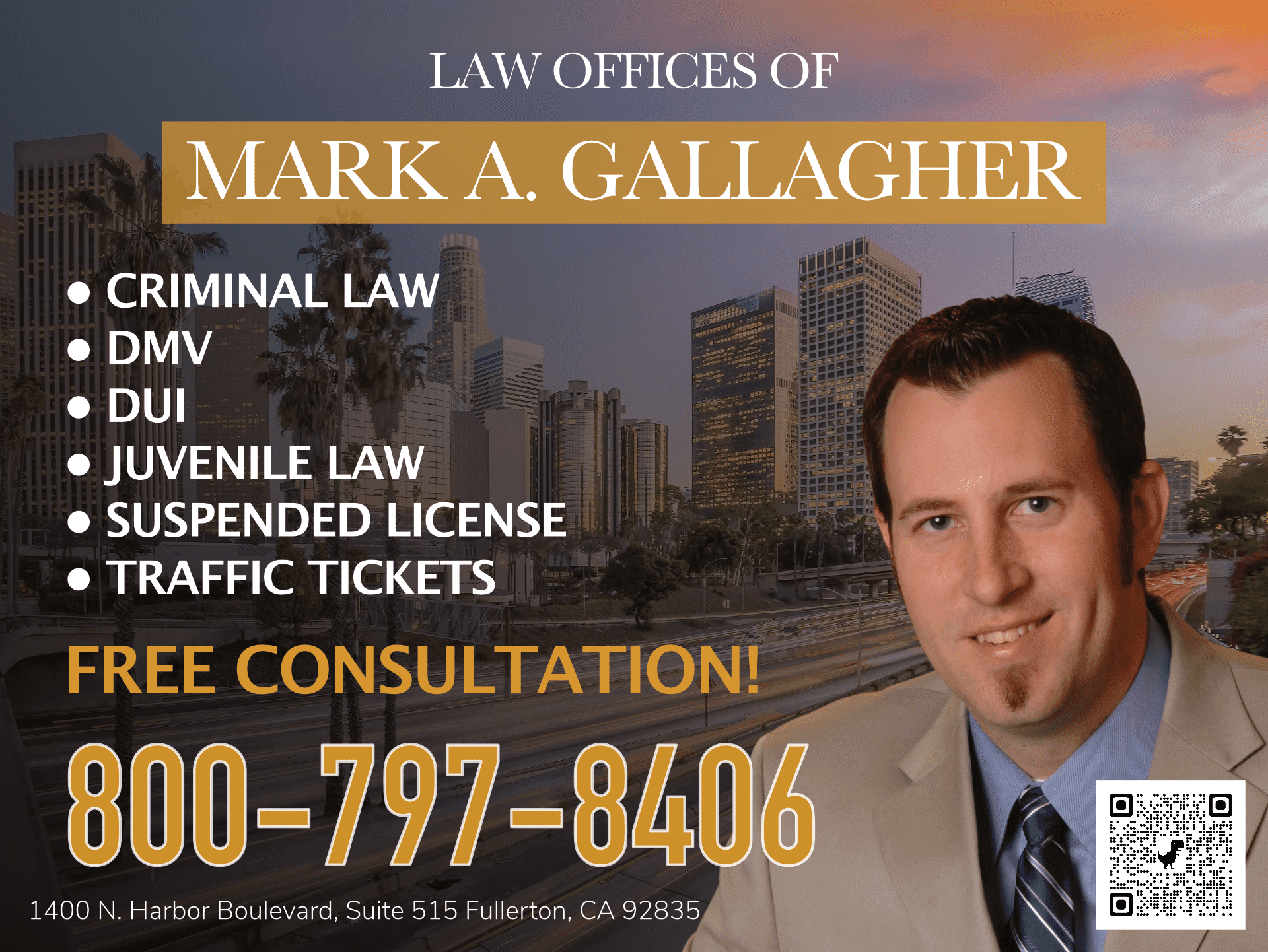If I blew over the limit…..how can you win my DUI case? This is a question I hear a lot from potential DUI clients in my Southern California DUI defense practice. It’s right up there with “How do I get this reduced to a wet reckless?’ for number one question.
I have had many clients tell me that they believe if the number came back over the legal limit, that means they will lose the case. Unfortunately, many Judges, District Attorneys and jurors feel the same way. If the number on the machine is over the legal limit, it’s a DUI conviction. Some jurors literally think it’s their job to listen to the evidence waiting for that magic number from the breathalyzer, and if it’s over the limit they are ready to return a guilty verdict. The good news is that in reality, it’s not that simple to get a DUI conviction. In order for the case to be proven in court, the prosecutor will need more than just a test result that is over the legal limit.
I have personally used many different defense strategies over the last 17 years to have thousands of DUI charges dismissed in court and at the DMV for my clients. In my experience the things that can make your DUI case go away come from four main areas.
1-General criminal procedure issues,
2-Attacks on the arresting officer’s police work or credibility
3-Attacks on the chemical test result whether breath, blood, or urine.
4-Factual challenges for the jury.
For today, let’s talk about category 3. Specifically a challenge to the breathalyzer results. The first step in the analysis is to accept that the breathalyzer is not actually measuring your blood alcohol content. The breathalyzer is taking a breath sample, not a blood sample. So a breathalyzer device, even if operated 100% correctly, under perfect testing conditions, and in perfect calibration, will never yield a BAC. What the breathalyzer will yield is a Breath Alcohol Concentration. This is sometimes referred to in California courts and California DUI law as a BrAC.
Why do we test people’s breath to determine level of intoxication or impairment? Does the amount or stench of alcohol on your breath actually help determine how drunk you are? Definitely not. For example, someone could stink like a brewery after drinking a non alcoholic beer. That person is obviously not drunk, but they smell drunk. On the other end let’s take someone who had half a bottle of vodka, some breath mints and a shower. They smell great! But they should call a cab. So why use breath testing in a DUI case? The basic scientific principle comes from something called Henry’s law.
Henry’s law says that in a closed system, the amount of ethanol in the airspace above a liquid is proportional to the amount of ethanol in the liquid. The basic idea is that we can use the air above the alcohol in your body to determine an estimate of how much alcohol is in your blood. The problem with applying Henry’s law to Breathalyzer tests for alleged DUI drivers is that in order for the scientific theory to work, we need a “closed system”. Testing on the side of the road, in the middle of the night, based on the breath exhaled by someone standing next to a guy with a gun is not a closed system. So we immediately have a situation where the environment is not appropriate for scientific testing. Would a chemist perform tests in a sterile lab? Or would they perform them in a dirty garage?
A second major flaw with breath testing comes from the concept of partition ratios. Using partition ratios to win your DUI case starts with understanding how the breathalyzer generates a number from the breath sample. The breathalyzer attempts to measure the amount of alcohol in your and then does some math. When doing this math, one of the basic assumptions made by the software in the breathalyzer device is that the partition ratio for the subject is 2100:1. So the breathalyzer assumes that the conditions inside the body of the person blowing into the machine will create an environment in which 210 liters of breath contains the same amount of alcohol as 100 milliliters of blood. The breathalyzer then takes a reading of your Breath Alcohol Content and multiplies it by 2100 in order to give your Blood Alcohol Content.
The problem with this method is that the partition ratio of 2100:1 is simply an average. Actual testing in scientific studies has shown that people can have a partition ratio of anywhere from as low as 834:1 and as high as 3005:1. Why does this matter? Well as much as I hate to admit it, it’s time to do some math. Let’s take an example of a subject with a breathalyzer test result of .10. This person is obviously way over the legal limit right? Maybe not. Remember that this test result of .10 is based on the breathalyzers assumption that the subject has a partition ratio of 2100:1.
What if scientific testing were to show that our subject actually had a partition ratio of 834:1? Or what if we had 3005:1? If our subject had an actual partition ratio of 834:1, the breathalyzer would still read a .10 but our subject’s true blood alcohol content would be .03.
If our subject had an actual partition ratio of 3005:1, the breathalyzer would still read a .10, but our subject’s true blood alcohol content would be .14
You may need to go back and read this a few times for it to sink in but the breathalyzer showing someone is well over the legal limit, is actually telling us that the person is somewhere between a .03 and .14 depending on the actual partition ratio of the person submitting the test. Demonstrating this principal to a jury can have an incredibly damaging effect on the District Attorney’s case. That .10 breath test that seemed like great evidence that the person was driving over the legal limit just lost quite a bit of thunder.
If you are ready to challenge your DUI case, give me a call at 800-797-8406 or email me directly at attorneygallagher@gmail.com




